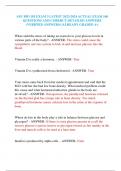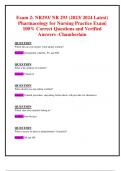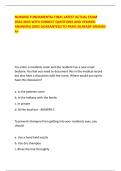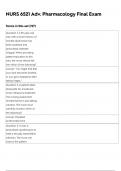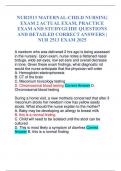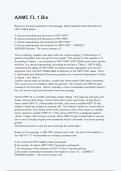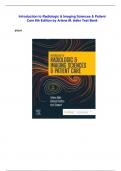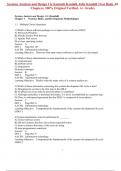Exam (elaborations)
(2023 / 2024) RN ATI Leadership Proctored Exam Retake with Questions and Verified Rationalized Answers, 100% Passing Score Guarantee
- Course
- Institution
ATI RN Leadership Proctored (2023 / 2024) Exam with Questions and Verified Rationalized Answers, 100% Passing Score Guarantee (2023 / 2024) RN ATI Leadership Proctored Exam Retake with NGN Questions and Verified Rationalized Answers, 100% Passing Score Guarantee (2023 / 2024) RN Leadership AT...
[Show more]




